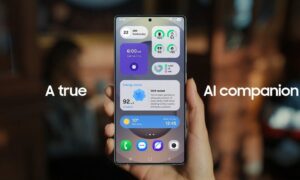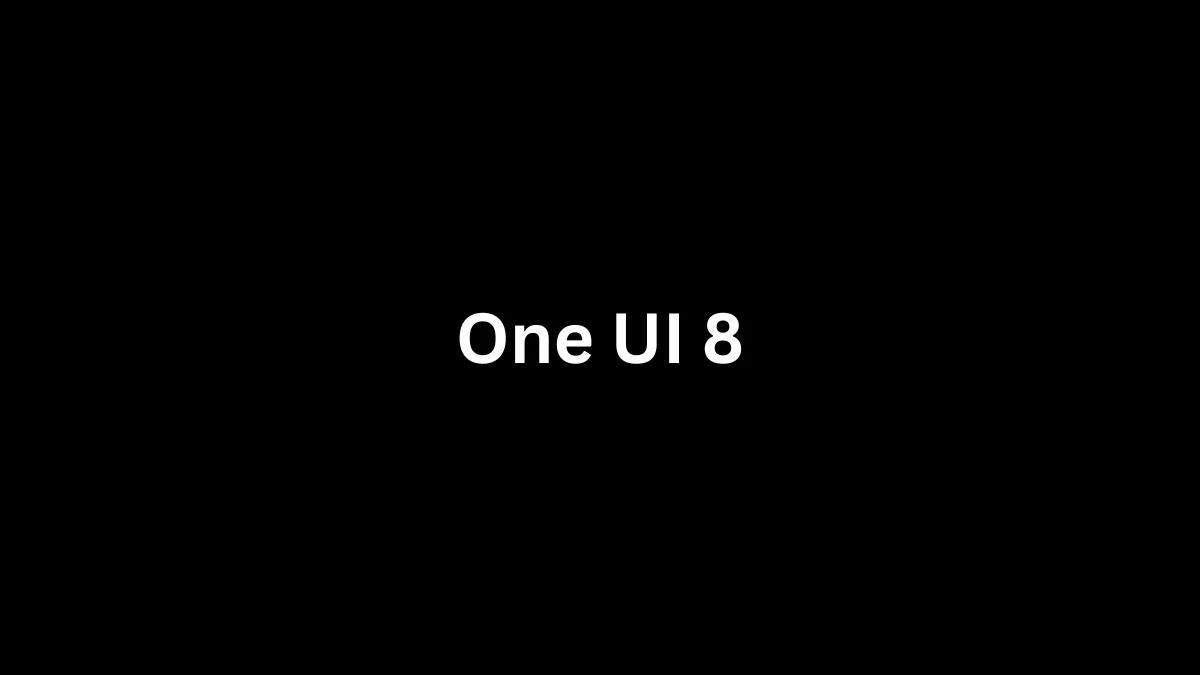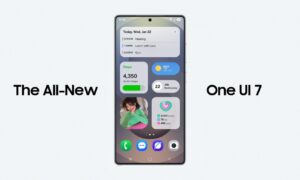Some users pointed out that their external hard drives are not visible on Windows 10. This is a common problem. When this problem occurs, you cannot find the connected external hard drive in File Explorer or Disk Management. Or you cannot access it on the PC.
To help you solve this issue, we’ve collected some useful solutions and offered them in this post. On the other hand, if you need to recover files from external hard drives that are not being detected.
Fix 1: Try another USB Port or Computer
Try another USB Port
Most computers have more than one USB port. You can unplug the external hard drive from the currently-used USB port and then use another USB port to establish the connection between your computer and the USB port. Then, you can check whether your computer can recognize the external hard drive.
If the issue persists, there should be something wrong with the USB port. You may need to fix the non-working USB ports or try another normal working computer.
Try another Computer
If there is a second normal working computer by your side, you can connect the external hard drive to that computer and then see when the issue disappears. If the issue of the external hard drive is not recognized Windows 10 persists, you can keep reading to find more solutions.
Fix 2: Update/Reinstall/Rollback the Device Driver
An outdated device driver can also be the cause of an external hard drive not showing up on Windows 10. You can update or reinstall the device driver to have a try.
- Right-click Start (the Win icon on the bottom left corner of the screen) and select Device Manager from the pop-up menu.
- Expand the Disk drives section.
- Right-click the device driver and select Update Driver. Then, follow the on-screen guide to update the driver. If you want to reinstall the device driver, you need to select Uninstall device and click Uninstall from the pop-out window to uninstall it.
- Restart your computer and then check whether Windows 10 can recognize the external hard drive.
Rollback the Device Driver
If this issue happens after you update the device driver, you can roll back the device driver to have a try.
- Right-click Start (the Win icon on the bottom left corner of the screen) and select Device Manager from the pop-up menu.
- Expand the Disk drives section.
- Right-click the device driver and select Properties.
- On the Properties interface, you need to click the Roll Back Driver button and follow the guide to finish the job.
Fix 3: Create a New Partition on the Drive
If it is a new external hard drive without partitioning, it will not be recognized by your computer. You can access Disk Management to check and create a new partition on that drive if necessary.
- Right-click This PC and select Manage.
- Click Disk Management from the left menu.
- You will see that drive in Disk Management. If it has no partition, you need to right-click the unallocated space, click New Simple Volume, and follow the instruction to create a new partition based on your requirements.
Fix 4: Add a Drive Letter to the Partition on the Drive
If the partition on the external hard drive has no drive letter, you will not see it in File Explorer. To fix this problem, you can add a drive letter to that partition.
- Right-click This PC and select Manage.
- Click Disk Management from the left menu.
- Right-click the partition that has no drive letter and then select Change Drive Letter and Paths.
- Click Add on the pop-out interface.
- Select a drive letter for that partition.
- Click OK to save the change.
Fix 5: Run the Hardware Troubleshooter
Another good method to fix the external hard drive not showing up on Windows 10 is to use the Hardware Troubleshooter.
- Go to Start > Settings > Update & Security > Troubleshoot.
- Find the Hardware and Devices option and click it.
- Click the Run the troubleshooter button to start the troubleshooting process.
- Follow the guide on the screen to end the troubleshooting process.







